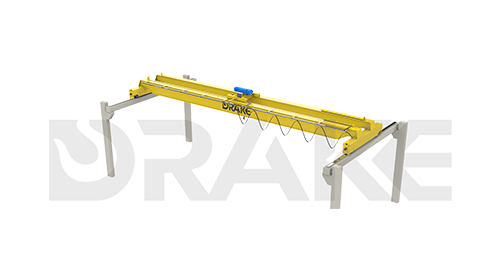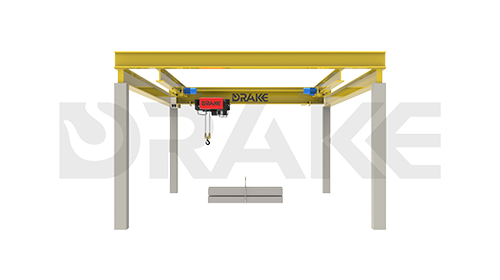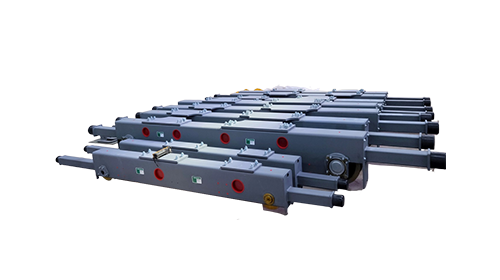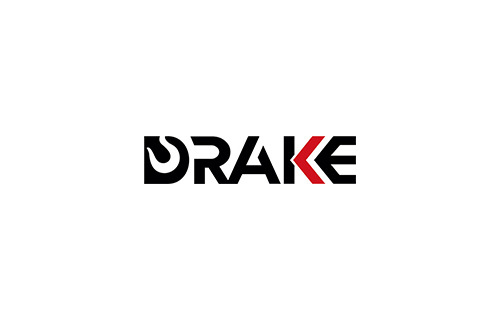Electric Hoist Track System: Design Principles and Engineering Applications
Jan 13,2025
I. Basic Design of Simply Supported Straight Tracks
1. Material Selection
Steel Specifications
- Standard selection: Q235B
- Application: Suitable for suspension track systems under normal working conditions
2. Track Cross-section Standards
I-beam Selection
- Specification range: 16#~45# hot-rolled I-beams
- Recommended type: Type A I-beams preferred
- Technical notes:
- Same-specification I-beams (e.g., 32A/32B/32C) have identical section height and flange thickness
- Types B/C have increased flange width and web thickness compared to Type A
- From economic perspective, B/C types offer limited load capacity improvement with lower cost-effectiveness
3. Key Technical Parameters
3.1 Calculated Span (L)
- Unit: millimeters (mm)
- Definition: Distance between support beams or center distance of connectors
- Significance: Directly determines track internal force calculations
3.2 Radius of Curvature (R)
- Unit: millimeters (mm)
- Definition: Wheel tread curvature radius of electric hoist
- Reference values:
- ≤1t: R=129mm
- 2t~3t: R=150mm
- 5t~10t: R=167mm
- Application: Used to calculate distance e from wheel pressure point to wheel edge (standard value: e=0.164R)
3.3 Technical Parameter Standards
- Wheel to Track Edge Distance (c)
- Range: 3~5mm
- Purpose: Basis for reduced stress calculation
- Wheel Configuration (n)
- Quantity range: 4~8
- Selection basis: Lifting capacity and lifting height
- Wheel Pressure Uneven Coefficient (K)
- Standard range: 1.2~1.5
- Recommended value: 1.4 (when specific parameters unavailable)
- Standard Wheel Pressure Concentrated Load (Frk)
- Unit: kN
- Calculation content: Includes maximum lifting weight and equipment self-weight
4. Calculation Coefficient Standards
- Variable load partial factor: 1.5
- Dynamic coefficient: 1.05
- Track wear coefficient: 0.9 (for section modulus reduction, applicable to strength and stability calculations)
5. Cantilever Design
Cantilever length must be calculated considering:
- Standard concentrated load
- Track span
- Track section parameters
II. Design Control Factors
Main Control Factors
Track design must meet four core indicators:
- Strength
- Stability
- Deflection
- Reduced stress
Design Characteristics
- Large span conditions (>6m) with small tracks (<25#): stability or deflection as controlling factors
- Other conditions: reduced stress as primary controlling factor
Additional Considerations
Special attention must be paid to the load-bearing capacity of connectors and connecting bolts, which may become limiting factors for system load capacity.
Note: This guide is for engineering design reference; specific applications require verification based on actual conditions.













